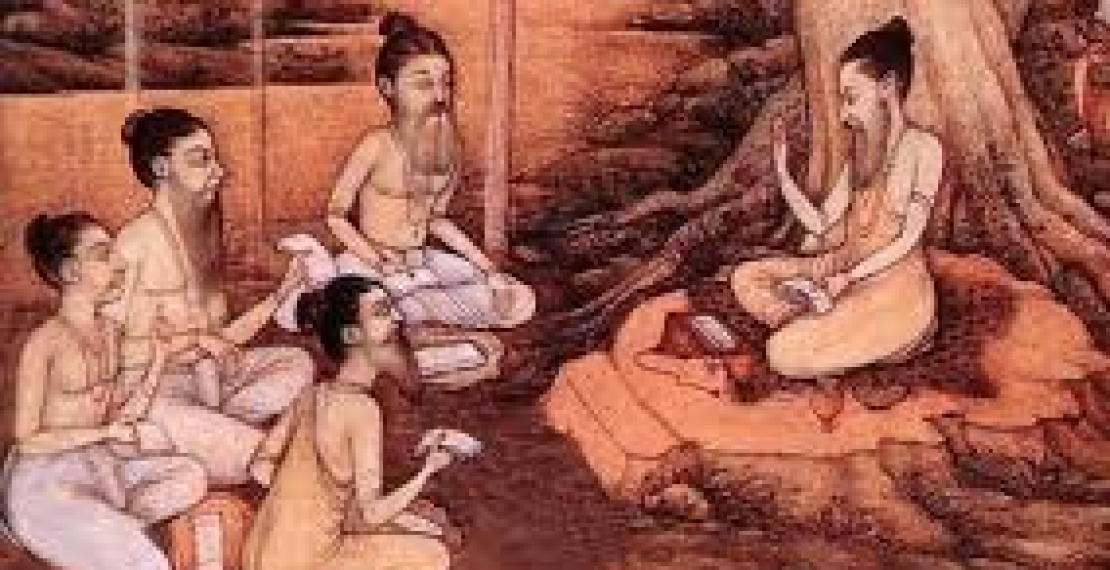There is no consensus on its chronology or specific origin other than that yoga developed in ancient India. Suggested origins are the Indus Valley Civilization (3300–1900 BCE) and pre-Vedic Eastern states of India, the Vedic period (1500–500 BCE), and the śramaṇa movement. According to Gavin Flood, continuities may exist between those various traditions:
His dichotomization is too simplistic, for continuities can undoubtedly be found between renunciation and Vedic Brahmanism, while elements from non-Brahmanical, Sramana traditions also played an important part in the formation of the renunciate ideal.
Pre-philosophical speculations of yoga began to emerge in the texts of c. 500 – c. 200 BCE. Between 200 BCE and 500 CE, philosophical schools of Hinduism, Buddhism, and Jainism were taking form and a coherent philosophical system of yoga began to emerge. The Middle Ages saw the development of many satellite traditions of yoga. Yoga came to the attention of an educated western public in the mid 19th century along with other topics of Indian philosophy.
Pre-Vedic India
Main article: Indus Valley Civilization
Yoga may have pre-Vedic elements. Some state yoga originated in the Indus Valley Civilization.Marshall, Eliade and other scholars note that the Pashupati seal discovered in an Indus Valley Civilization site depicts a figure in a position resembling an asana used for meditation, Mulabandhasana. This interpretation is considered speculative and uncertain by a more recent analysis of Srinivasan and maybe a case of projecting "later practises into archaeological findings".
Vedic period (1700–500 BCE)
Further information: Vedic period
According to Crangle, some researchers have favoured a linear theory, which attempts "to interpret the origin and early development of Indian contemplative practices as a sequential growth from an Aryan genesis", just like traditional Hinduism regards the Vedas to be the ultimate source of all spiritual knowledge.Thomas McEvilley favours a composite model where the pre-Aryan yoga prototype existed in the pre-Vedic period and its refinement began in the Vedic period.
Ascetic practices, concentration and bodily postures described in the Vedas may have been precursors to yoga.According to Geoffrey Samuel, "Our best evidence to date suggests that [yogic] practices developed in the same ascetic circles as the early sramana movements (Buddhists, Jainas and Ajivikas), probably in around the sixth and fifth centuries BCE.
According to Zimmer, Yoga philosophy is reckoned to be part of the non-Vedic system, which also includes the Samkhya school of Hindu philosophy, Jainism and Buddhism:"[Jainism] does not derive from Brahman-Aryan sources, but reflects the cosmology and anthropology of a much older pre-Aryan upper class of northeastern India [Bihar] – being rooted in the same subsoil of archaic metaphysical speculation as Yoga, Sankhya, and Buddhism, the other non-Vedic Indian systems.

